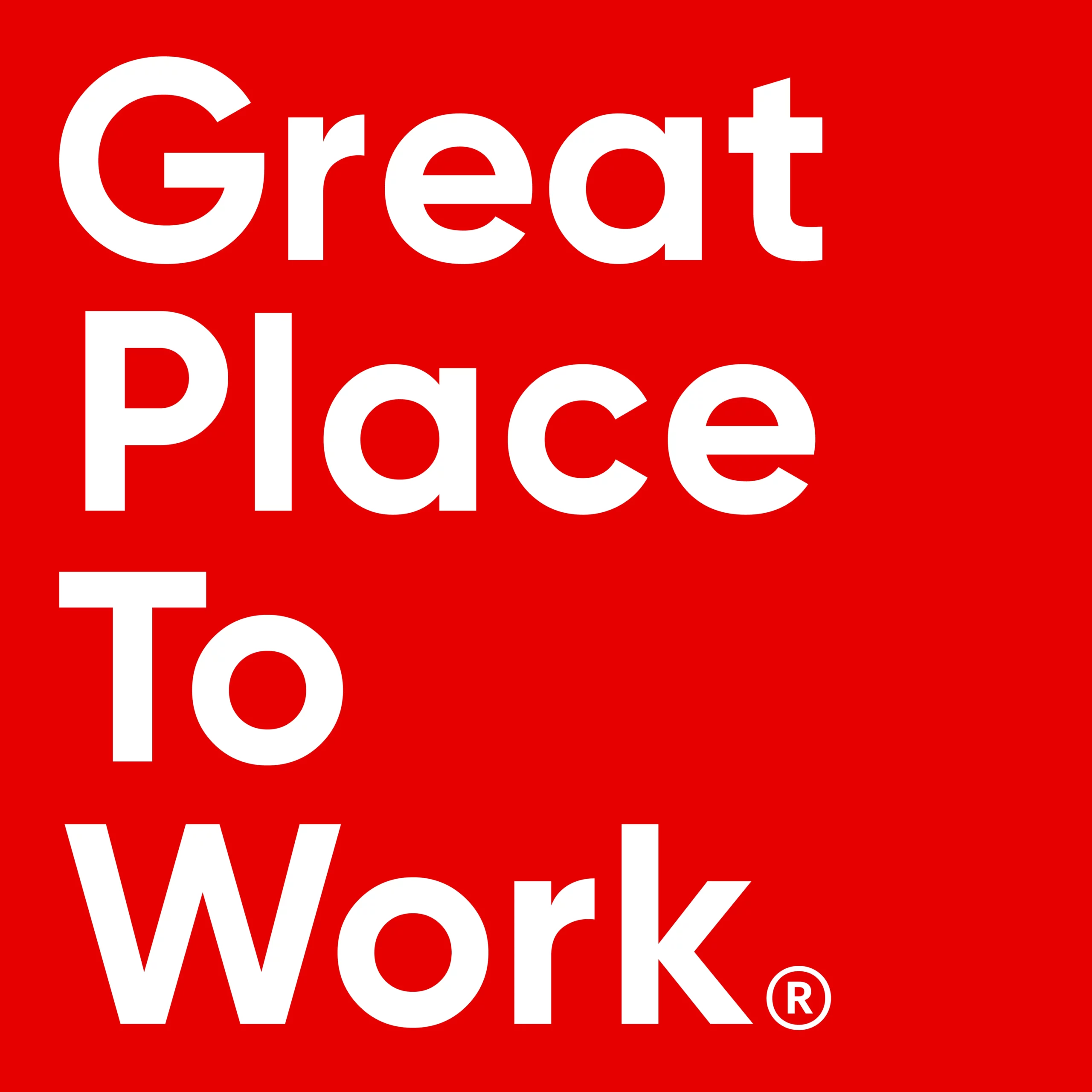As we approach bonus season, it often aligns with annual appraisals. To help both employees and managers navigate these discussions more effectively, we’ve prepared a short guide to ensure these conversations are constructive and well-prepared.
Preparation is Key
An unstructured or hurried conversation can leave both parties feeling overlooked and unappreciated. Preparing in advance ensures that each individual feels valued and heard, rather than rushed and unprepared.
Set your Agenda
Regardless of which side of the conversation you’re on, setting a clear agenda will help keep discussions focused and efficient. A structured approach may include:
- Review of the past year: Key achievements, challenges, and progress against professional goals. Did we set professional goals for last year? If so, how have we faired?
- Goals for the year ahead: What do we hope to achieve professionally?
- Feedback and decisions: Promotions, bonuses, and any other career advancements.
- Next steps: Clear action points for ongoing development.
For Employees: Define Your Objectives
Promotion & Career Progression
If you’re seeking a promotion or an expanded role, demonstrate an understanding of what the next step entails. If you’re uncertain, acknowledge it and take proactive steps—such as speaking with senior colleagues, seeking mentorship, or researching the skills and responsibilities required. Ask specific questions, compare your current competencies to the role expectations, and identify areas for improvement. By doing so, you not only show a willingness to learn but also position yourself as someone committed to growth and prepared to adapt to the challenges of a different pace of work and higher expectations
Increase in Remuneration:
To build a strong case for a pay rise, focus on the value you’ve contributed to the business. Highlight increased responsibilities, key achievements, and how your contributions have positively impacted the company. Management and Peer to peer feedback can also be a valuable tool to support your case. Details are essential. Be specific about your contributions as an individual and as part of a team.
Additionally, benchmark your role against industry standards. Whether you have peers or trusted Recruiters who know the industry, reach out to them to understand where your development areas might be. If you’re below market rate, come prepared with relevant data. A vague reference to job postings won’t be persuasive—ensure comparisons are like-for-like, considering firm size, assets under management, and role scope.
Example: Simply saying, “I saw a similar role on LinkedIn paying [insert salary bracket of £20k variance],” won’t be persuasive—especially if the job is at a large alternatives firm managing £150bn+ AUM, while you’re currently in a boutique firm with under £5bn AUM and a 10-person team. To make a strong case, ensure your comparisons are truly like-for-like, considering firm size, assets under management, and role scope.
If You Don’t Get the Outcome You Want
There will always be factors beyond your control, such as business performance or team-wide considerations. Remember as an employee to have empathy with Leaders, it can be tough to juggle everyone. Equally, Managers, you were here once too so exercising the same empathy will go far.
If you don’t get what you want OR if you can’t give a team member what they have asked for, agree on a progression plan. A “no” can be reframed as “not yet, but here’s how.” Setting clear, measurable objectives ensures accountability and provides a roadmap for the future. For managers, this can help reduce the risk of losing talent to counteroffers soon; for employees, it provides clarity on the steps needed for advancement—even if that ultimately leads to opportunities elsewhere.Top of Form
Bottom of Form
For Managers/ Leaders: Apply the Same Principles
Leaders should approach these discussions with the same level of preparation. Take the time to understand the market expectations of similar companies regarding role scopes, career progression, and remuneration. This knowledge will help you navigate conversations effectively and lead to positive and constructive outcomes. By promoting transparency and allowing your team members to express their opinions, you can create a more open and engaging dialogue.
Final Thoughts
As mentioned, these are always elements outside of the circles of control for the participants of these conversations. With so many differences in operating models, business structures, asset class performances, there is no “one size fits all” solution. However, both employees and managers can equip themselves with information and data to have more constructive, meaningful conversations.
For further discussion on how we can assist with your hiring strategies, please get in touch with Consultant, Cheryl Aust at Cheryl.aust@coopman.uk, or at +44 7380 906 836








